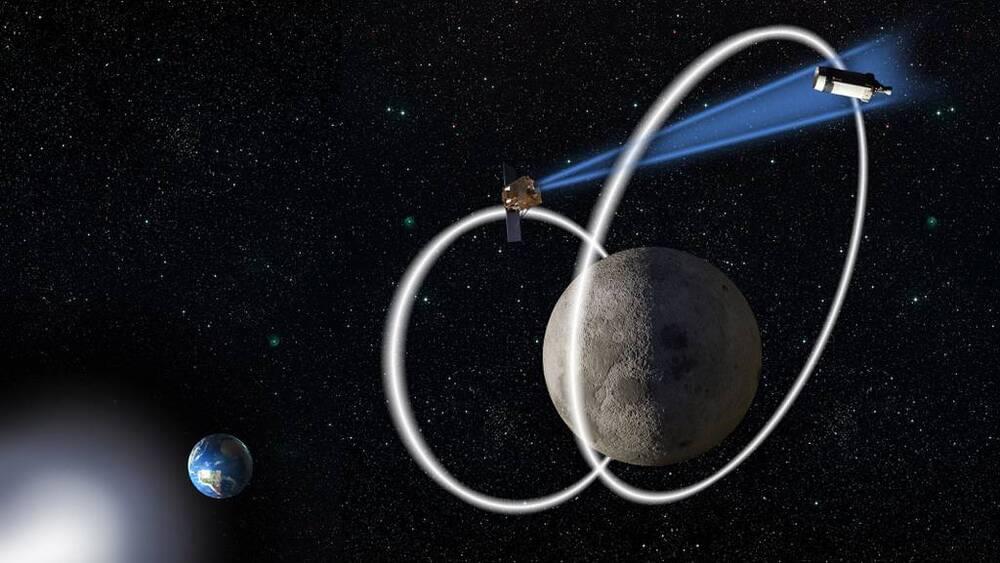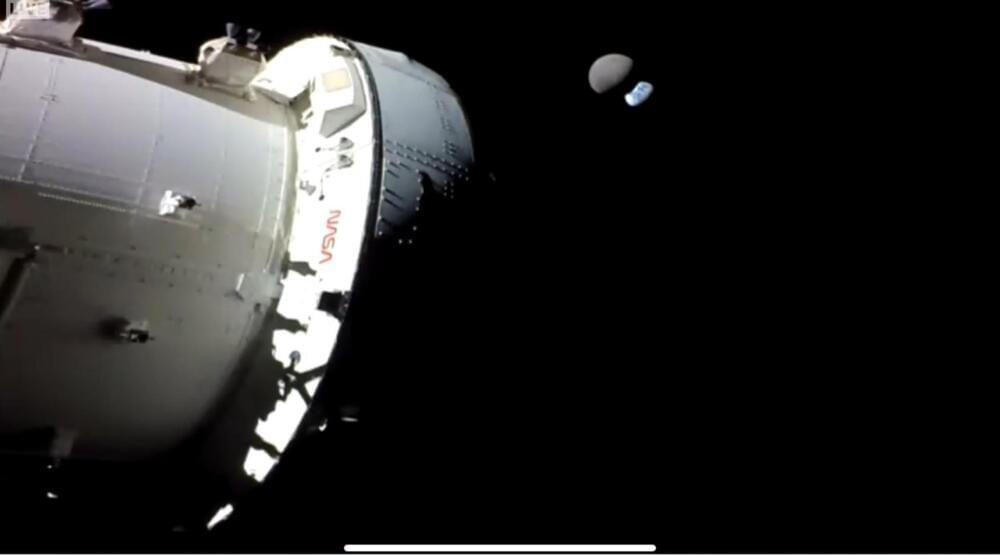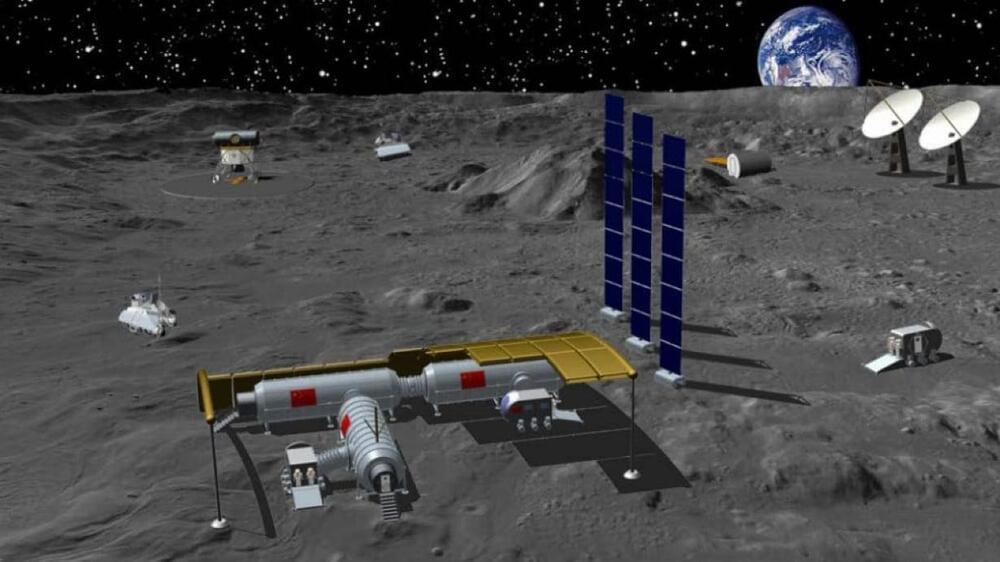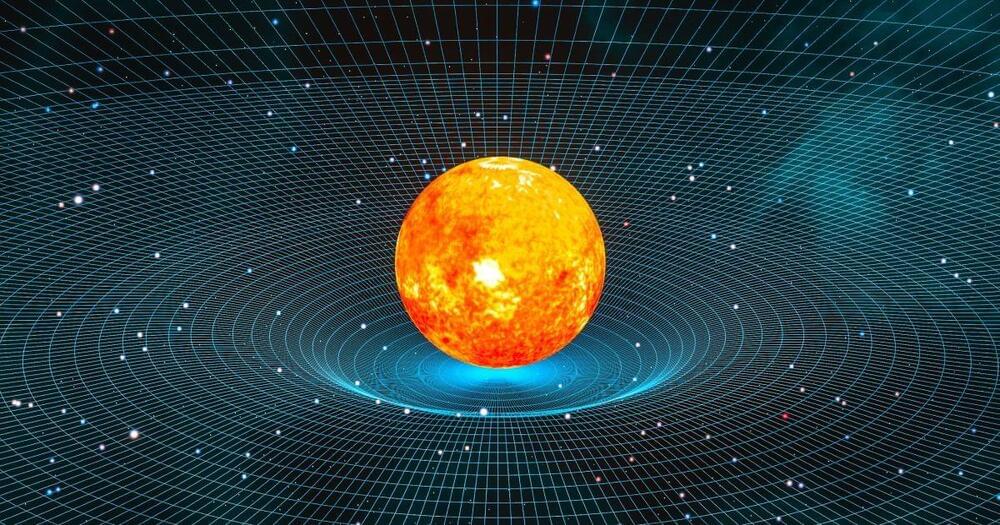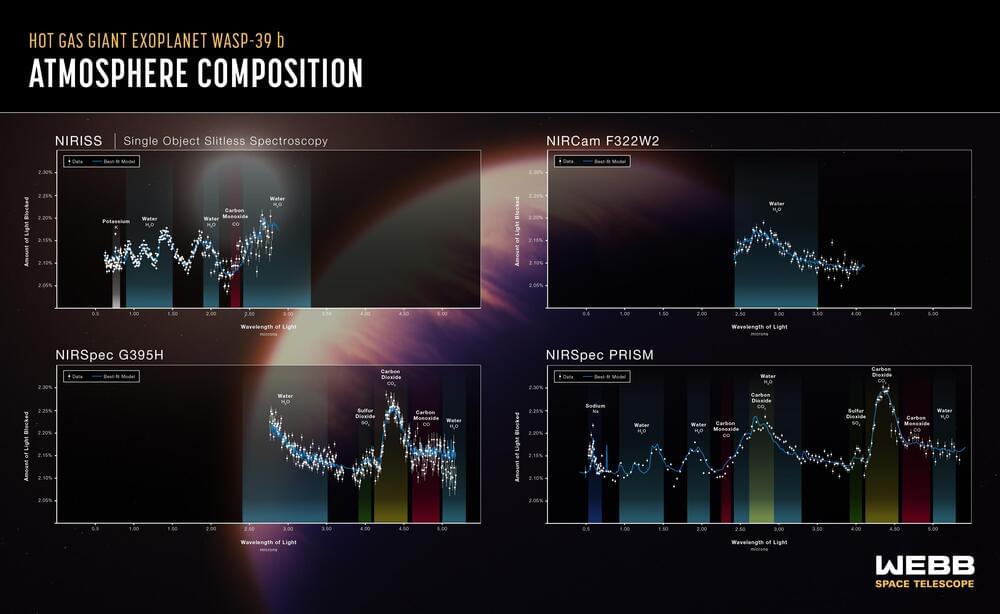Nov 29, 2022
Meteorite found in Somalia turns out to contain two minerals that are not found on Earth
Posted by Gemechu Taye in categories: materials, space
Further studies of the meteorite are in peril, though.
A meteorite that fell in Somalia in 2020 is home to at least two minerals that are not found on our planet. The two minerals were identified by researchers at the University of Alberta, a press release said.
Large meteorites are rare but do occur, such as the one that fell near the town of El Ali in Somalia a couple of years ago. The celestial piece of rock weighs a massive 16.

